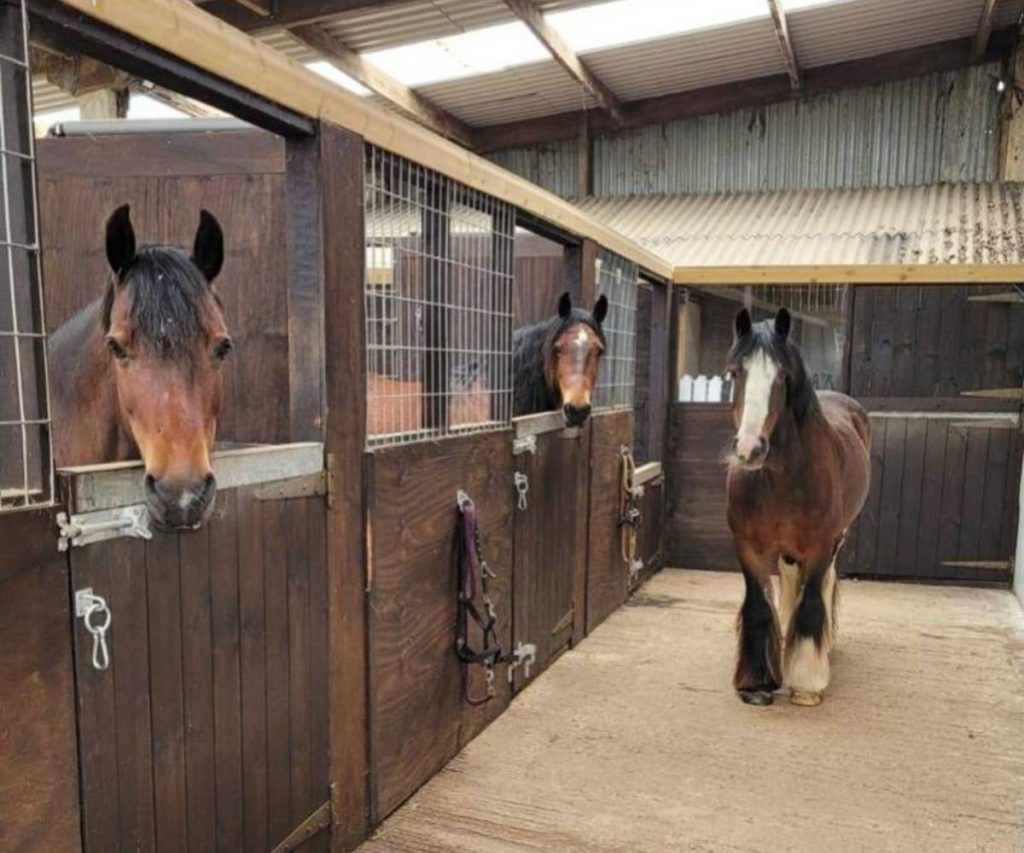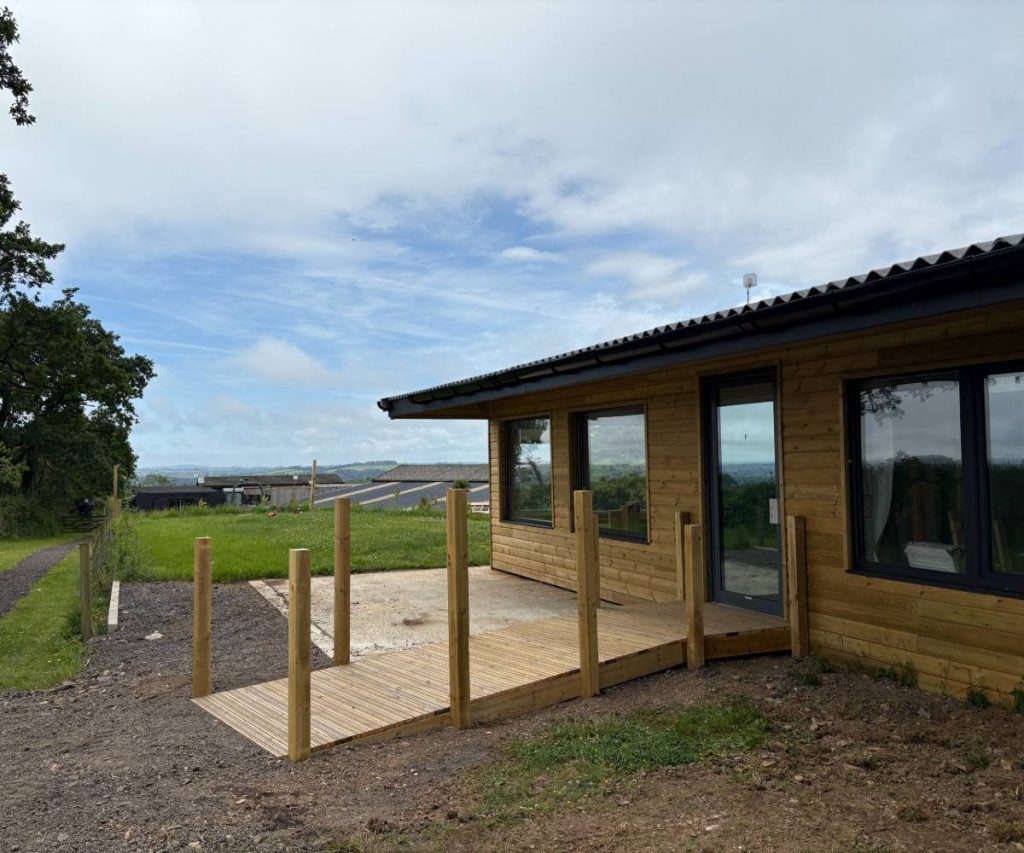The Dorset Horn originated is an ancient breed originating in Dorset. The Dorset Horn Sheep Breeders Association was established in 1891 to encourage the breeding of Dorset Horn Sheep. By 1974 there were more Poll Dorset sheep registered than horned which is why they are now on an at-risk register as there is a sharp decline in numbers nationwide due to farmers moving to Polled Dorset’s and other breeds. Ancestors of Dorset Horn sheep were valued for their milk, wool and meat, but it may have primarily been their dung that made them so important to farms in southwestern England. Raised on the chalk lands, the sheep dung was essential farm equipment for anyone hoping to grown a crop in that chalky soil.
The Dorset Horn sheep is white wooled with white face, the nostrils are a characteristic pink, horned in both sexes, and hardy enough to thrive in different climates doing well on most pasture. They are docile and easily trained with food. Rams have a masculine appearance and can weigh up to 120 kg with exceptional spiral horns. Ewes are medium size and weigh around 75-85kg. Ewes are known for their milkiness, maternal instinct and are naturally prolific, having the unusual ability to breed out of season and ability to produce lambs three times every two years. A male sheep is called a ram and a young male a ram lamb, a castrated male is known as a wether. An adult female is referred to as a ewe and and a female lamb is called a ewe lamb.
The breed is a dual purpose traditionally used in sheep dairies to produce milk, and for flavourful meat, which is their primary purpose today. Spinners and other fibre artists have been increasingly seeking the wool of the Dorset sheep as it has a uniform, quite dense, firm, creamy white colour, is completely free of kemp and the fibres have an irregular crimp, making it perfect for a wide variety of projects.
Breed Standard
- Broad Head, full and open at the nostril, well covered with wool from brow to poll, face white with pink nose and lips free from pigmentation. Rams are bold, masculine appearance, strong and long horns growing from the head well apart on the crown in a straight line with each other and coming downwards and forwards in graceful curves as close to the face as may be without cutting. The Ewe horns are much smaller and more delicate that in the Ram.
- Medium size ears, white and firm, well covered with hair.
- Even mouth, well set jaw with flat chisel shaped teeth, meeting a wide pad with a firm bite.
- Short to medium length neck and round, well sprung from the shoulders, with no depression at collar, strong and muscular, especially in the Ram.
- Chest well forward, full and deep.
- Full fore flank, with no depression behind the shoulders.
- Well laid and compact shoulders
- Broad, long and straight, back and loins with well sprung ribs
- Full quarters, broad and deep with flesh extending to the hocks and well-muscled thighs
- Tail well set up in a line with the back, wide, firm and fleshy
- Ribs are well sprung from the back and deep at the side
- Legs & Pasterns medium length, well placed at the four quarters and free moving, straight between the joints, with strong bone, well woolled to the knees and hocks with pasterns well set up and straight
- Fine “down” type wool, dense and firm handling, free from kemp and colour
- Fleece of good staple and quality, compact and firm to the touch.
Dorset Horn Sheep are currently on the Rare Breed Survival Trusts at Risk list: for more information, please use the following links:
https://www.rbst.org.uk/dorset-horn
https://www.dorsetsheep.org.uk











